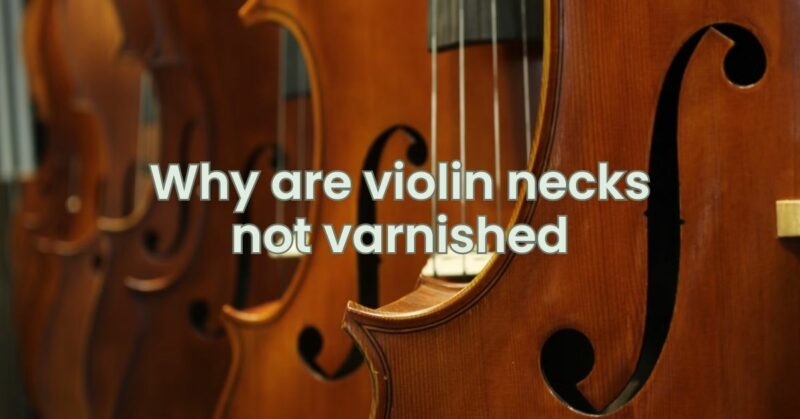The violin neck is a critical component of the instrument. It is the part that the violinist holds and uses to control the bow. The neck is made of wood, and it is important that it is able to vibrate freely in order to produce sound.
Varnish is a substance that is applied to wood to protect it and make it look more beautiful. However, varnish can also make the wood less resonant. This is because varnish can create a barrier between the wood and the air, which can prevent the wood from vibrating freely.
For this reason, violin necks are not varnished. This allows the wood to vibrate freely and produce the best possible sound.
In addition to allowing the wood to vibrate freely, varnishing the neck of a violin can also make it more slippery. This can make it difficult for the violinist to hold the violin and control the bow.
For these reasons, it is standard practice to leave the neck of a violin unvarnished. This ensures that the neck is able to vibrate freely and produce the best possible sound.
Here are some additional reasons why violin necks are not varnished:
- Varnish can make the neck of the violin more difficult to grip.
- Varnish can crack and chip over time, which can damage the neck of the violin.
- Varnish can yellow or fade over time, which can change the appearance of the violin.
By leaving the neck of the violin unvarnished, violinists can be sure that their instrument will sound its best and will last for many years to come.


